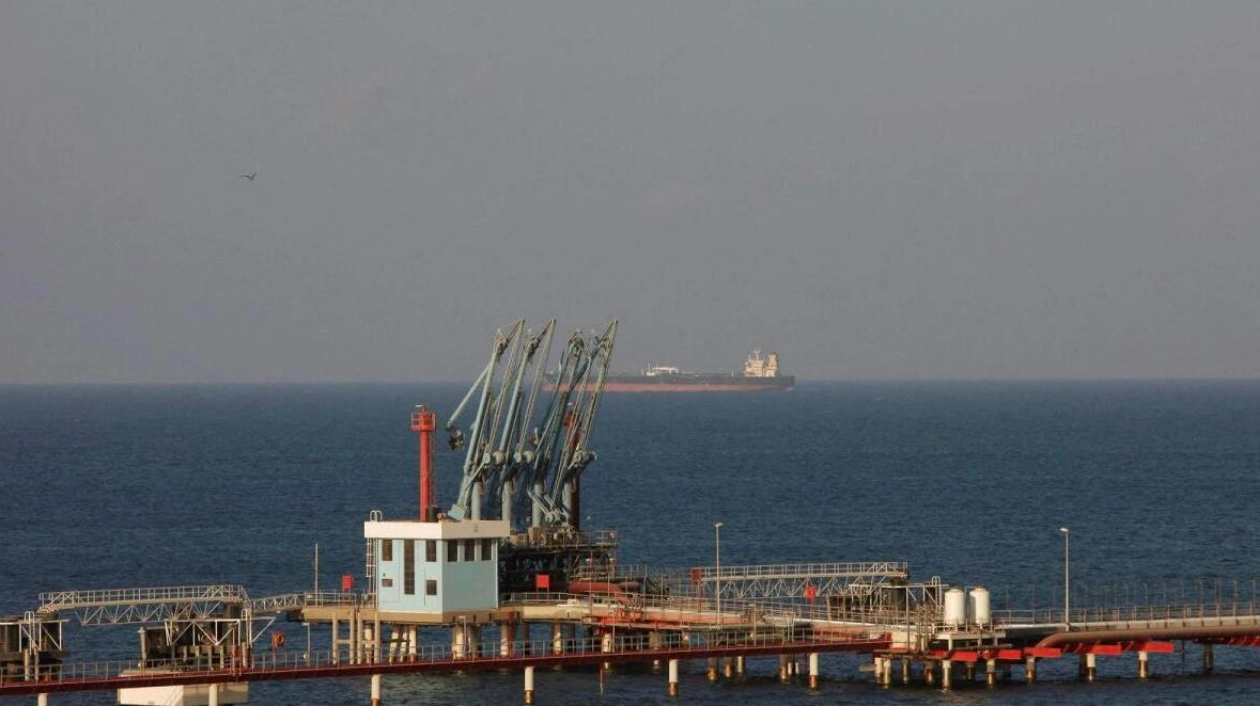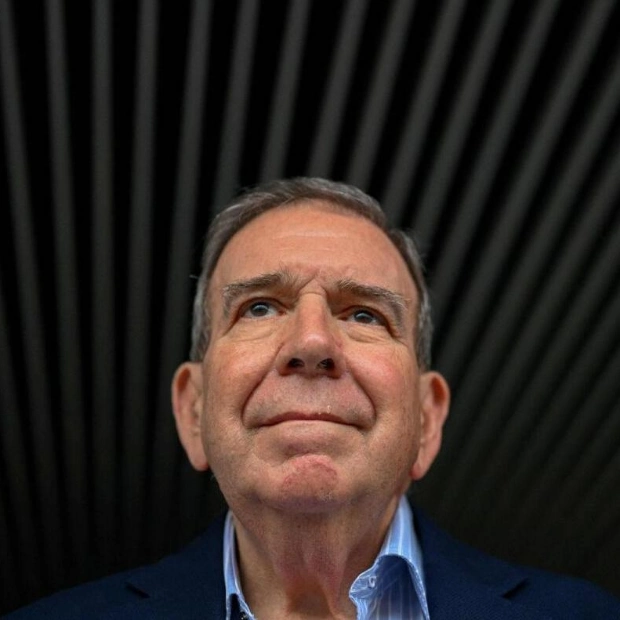Oil exports at major Libyan ports were halted on Monday, leading to a reduction in production nationwide, according to engineers. This situation arises from a political deadlock between opposing factions vying for control of the central bank and oil revenue. Some production is being ramped up to support local power generation, they added. Libya’s oil output has significantly decreased, more than halving from usual levels since the conflict started last month. This conflict began when western factions attempted to remove the Central Bank of Libya (CBL) Governor Sadiq al-Kabir and install a competing board. In retaliation, eastern factions demanded a complete shutdown of oil production. This crisis jeopardizes the four-year era of relative stability in the OPEC member country. Exports continue to be suspended at the ports of Es Sidra, Ras Lanouf, Hariga, Zueitina, Brega, and Sirte, according to engineers. Arabian Gulf Oil Company (AGOCO), a subsidiary of the state-owned National Oil Corporation (NOC), has instructed an increase in production at its fields to supply a power plant at Hariga port, engineers informed Reuters. AGOCO, managing the Sarir, Nafoura, and Messla fields, was producing 139,000 barrels per day (bpd) on August 28, a drop from 290,000 bpd on July 20, as per NOC’s last week’s statement. The current production figures were not immediately available to Reuters. NOC did not respond promptly to a request for comment. NOC reported on Thursday that total production had dropped to just over 591,000 bpd by August 28 from nearly 959,000 bpd on August 26, resulting in losses exceeding $120 million over three days. Production stood at about 1.28 million bpd on July 20, according to NOC. Libya’s average production in July was 1.18 million bpd, as reported by OPEC using secondary sources.

Text: Lara Palmer
02.09.2024
Production curtailed as rival factions vie for control of central bank and oil revenue





